Slip into the twilight of the open ocean and the rules flip: shadows talk, sparks hunt, and darkness is never truly dark. Bioluminescent fish turn chemistry into communication, camouflage, and cunning strategy, illuminating a world that almost none of us will see firsthand. Scientists have long suspected that light is a language underwater, but new tools are finally translating the dialects. The discovery isn’t only dazzling; it’s reshaping how we understand food webs, evolution, and even new biomedical tools. The stakes are high because every flicker carries a survival message.
The Hidden Clues
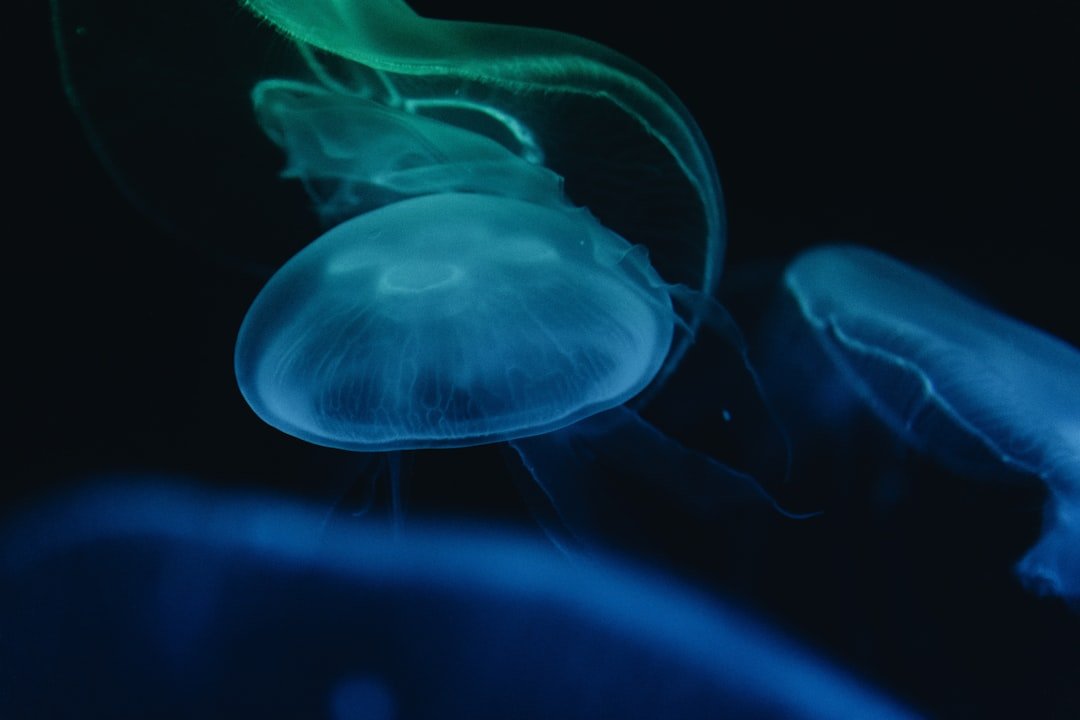
At first glance, a glowing fish looks like a party trick, but the light is a code. Many species pack tiny organs called photophores along their bellies, sides, and even around their eyes. These organs focus enzymes and oxygen onto light-emitting molecules, turning chemistry into a controlled beam. Most of that light leans blue-green because those wavelengths travel farthest in seawater. To a predator below, the glow may erase a silhouette against moonlit waves, like erasing chalk from a board.
I still remember the first time I saw flashlight fish easing through a reef night dive. Their under-eye headlamps blinked like subway signals, opening and closing with a neat eyelid shutter. It felt theatrical, but the choreography was not for me; it was a private conversation. Patterns can match species, time of night, or mood, like a woven tapestry only locals can read. In the deep, style is function, and a “pretty” glow often means a life saved.
From Ancient Tools to Modern Science
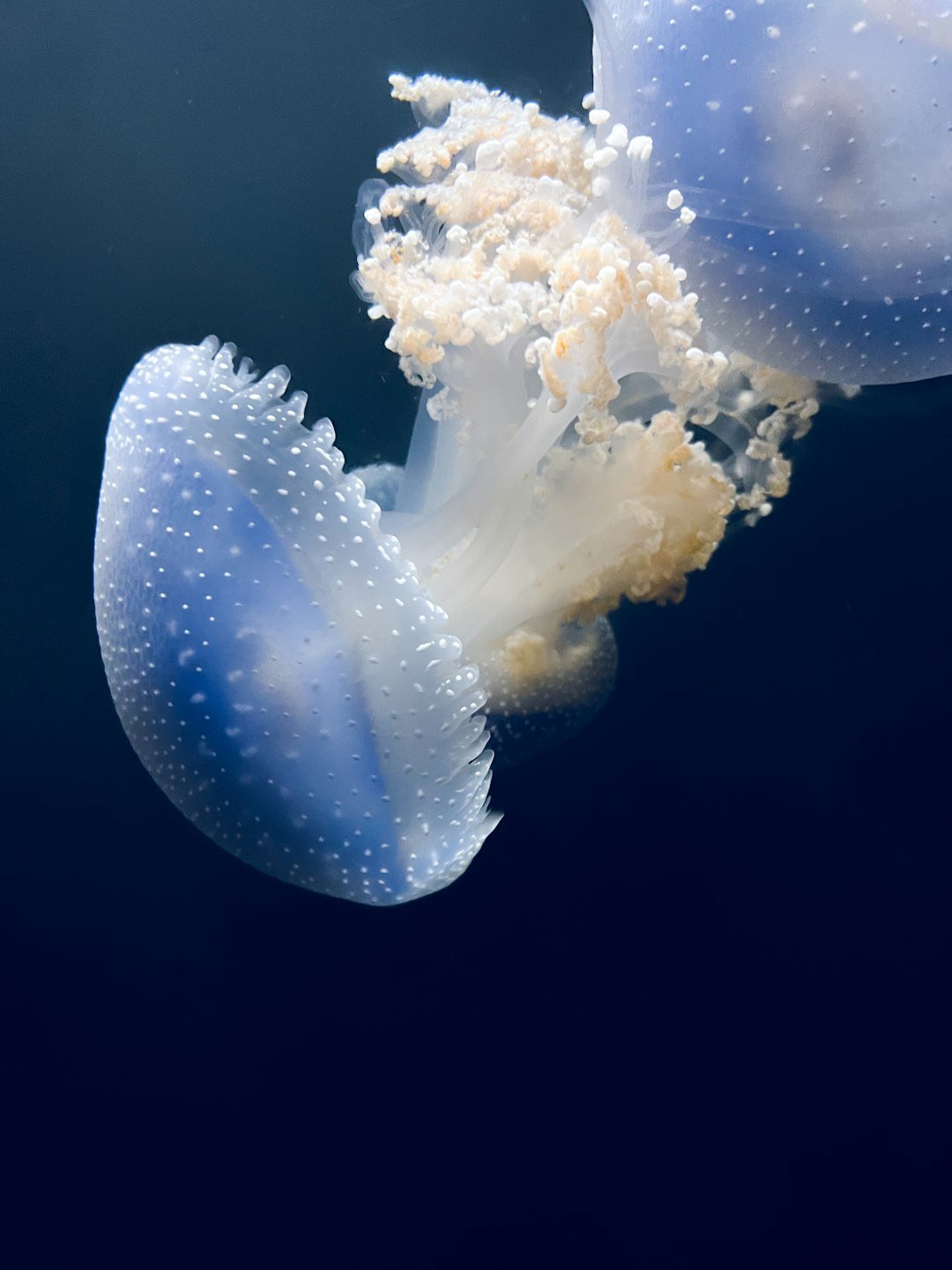
The core reaction is simple and elegant: a light-emitting compound meets a special enzyme, oxygen joins, and photons spill out. Some fish build the chemistry themselves; others outsource to glowing bacteria housed in snug organs. Whole families, including lanternfish and hatchetfish, rely on these systems to tune intensity and timing with startling precision. Many species use a molecule called coelenterazine, acquired up the food chain, which ties diet to brightness. Light becomes a nutritional story as much as a genetic one.
Modern labs have turned these marine tricks into scientific workhorses. Luciferase enzymes now drive tests that track gene activity as a tiny flash instead of a stain. Engineers study photophore lenses for inspiration in low-power optics and tiny sensors. Even the way fish “dimmer-switch” their organs helps designers think about smarter, battery-sipping devices. The ocean’s night school is quietly rewriting our tech textbooks.
Signals in the Abyss

Go deeper into the mesopelagic zone and you enter a flicker economy. Fish match their glow to the faint downwelling light from above, a strategy called counterillumination. It’s camouflage by mimicry, but with the precision of a metronome. Some species layer the trick, shifting brightness as clouds drift overhead or waves pass. Think of it as wearing a suit that reweaves itself with every shadow.
Communication threads through the dark like whispered radio. Courtship can involve discipline and timing, with species-specific sequences that keep hybrids at bay. Individuals may signal group cohesion, turning schools into coordinated constellations. Even larvae can carry tiny lights, hinting that these messages start early in life. When eyes are scarce and distances vast, light becomes the shortest path between strangers.
Predators, Prey, and Deception
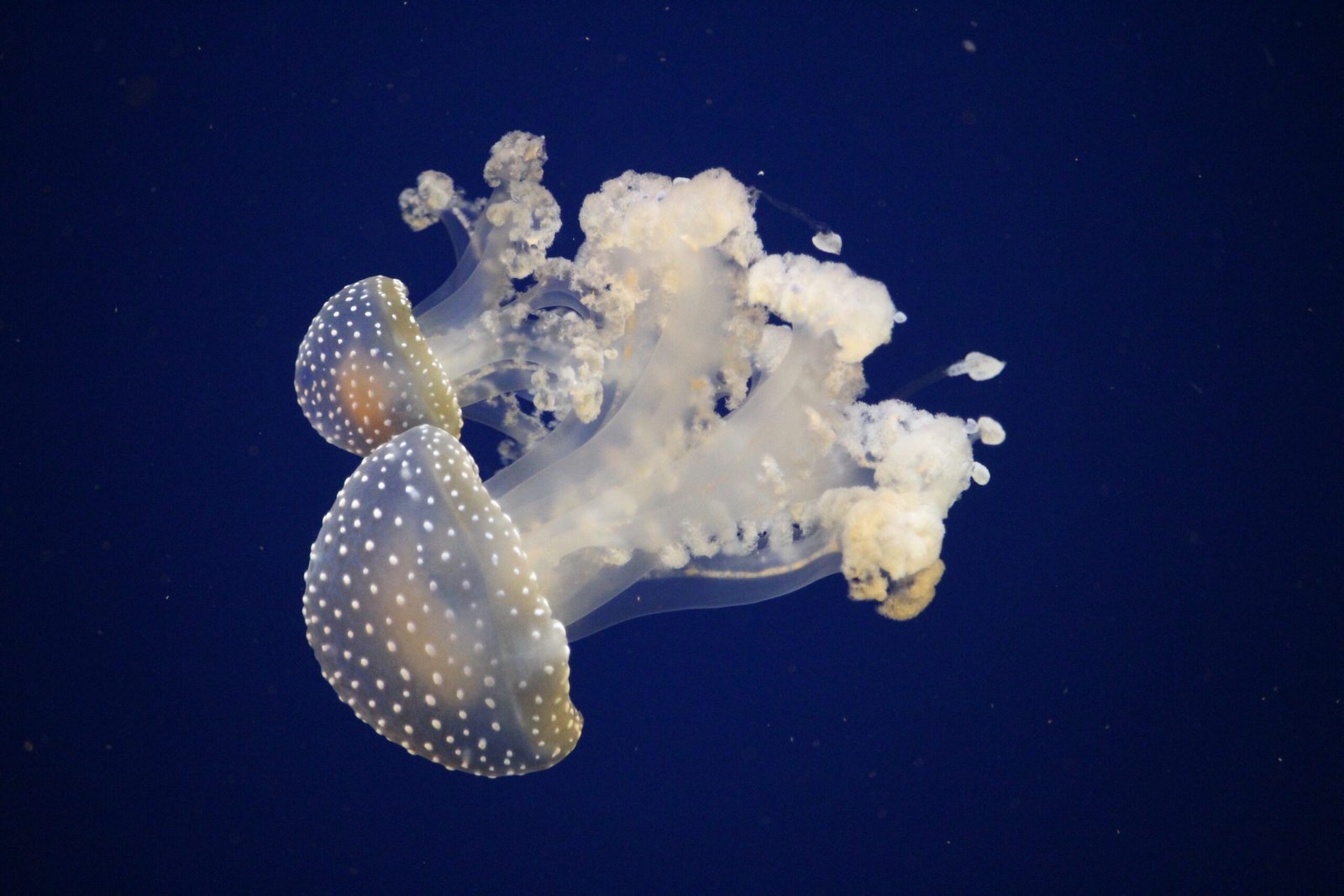
Bioluminescence is also a weapon disguised as a wink. Angler-like predators dangle living lures to draw victims closer, while dragonfishes project narrow beams that many prey simply can’t see. Some deep-sea specialists even push into reddish wavelengths, an underwater invisibility cloak that exposes meals without revealing the hunter. On the flip side, small fish flash panic bursts to startle attackers and bolt. Light can be a scream or a trap, depending on who strikes first.
Decoys and false flags add to the intrigue. Certain species shed glowing mucus, leaving a bright breadcrumb trail that confuses a pursuer. Others dazzle with sudden flares that reset a chase, like slamming a door in a dark hallway. Predators learn, prey adapts, and the arms race continues pulse by pulse. In these waters, evolution upgrades through firmware – tiny tweaks in timing, hue, and power.
Why It Matters
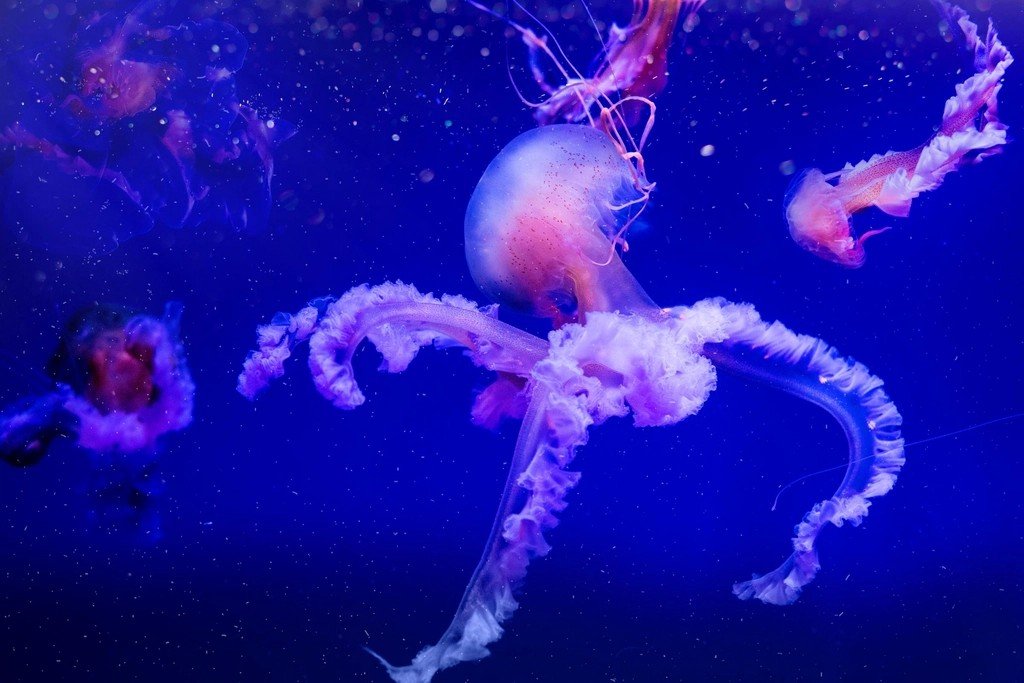
Glowing fish aren’t just ocean trivia; they’re central players in global cycles. Their nightly commutes help move carbon from surface waters into the deep, a silent service that stabilizes climate over long stretches. Understanding when and why light signals fire can reveal where those migrations go. It also clarifies who eats whom in a realm where direct observation is scarce. Light, oddly enough, maps the hidden plumbing of the planet.
There’s another practical twist: not all “glow” is the same. Aquarium favorites that pop under blue lights are often fluorescent, meaning they re-emit light they absorb, not generate it. Bioluminescent fish produce their own light through chemistry, which works in complete darkness. Sorting those differences matters for education, regulation, and bioengineering. Clarity today prevents confusion tomorrow when new products and policies arrive.
Global Perspectives

Bioluminescent fish are everywhere from coral passes to polar margins, but their stories differ by region. Island nations often know flashlight fish as seasonal visitors, lighting up lagoons like drifting embers. In vast open oceans, lanternfish dominate the midwater scene and may represent a substantial share of fish biomass there. Coastal canyons host unique guilds adapted to turbid conditions and steep terrain. Each place writes its own nocturnal grammar.
Fisheries, conservation groups, and local communities have stakes in this glow. Bycatch of midwater species affects food webs that reach tuna, seabirds, and marine mammals. Deep-sea mining proposals add uncertainty where light is the main language and disturbance travels far. Climate-driven changes in oxygen and temperature could shuffle who glows, when, and how brightly. Decisions made near shore ripple into the darkest rooms of the sea.
– Key notes for readers:
– Many midwater fish use light for camouflage, not just for show.
– Some species host symbiotic bacteria to power their glow.
– Bioluminescence and fluorescence are different phenomena.
– Light signaling ties directly into food webs and carbon movement.
From Ancient Tools to Modern Science

For centuries, sailors described “fire in the water,” and coastal fishers used glow to navigate in silence. Those field notes, once brushed off as folklore, now guide research expeditions and camera placements. Historical accounts help pinpoint seasonal windows when displays peak. They also preserve local knowledge, which often tracks migration timing better than sparse surveys. Old observations are becoming calibration points for new instruments.
On the modern side, low-light cameras, autonomous vehicles, and environmental DNA offer a three-part toolkit. Cameras see the flashes, robots hold steady in current, and genetic clues confirm who did the blinking. Together they turn elusive encounters into full case files. It’s like switching from rumors to court records. The result is faster insight and fewer missed signals.
The Future Landscape
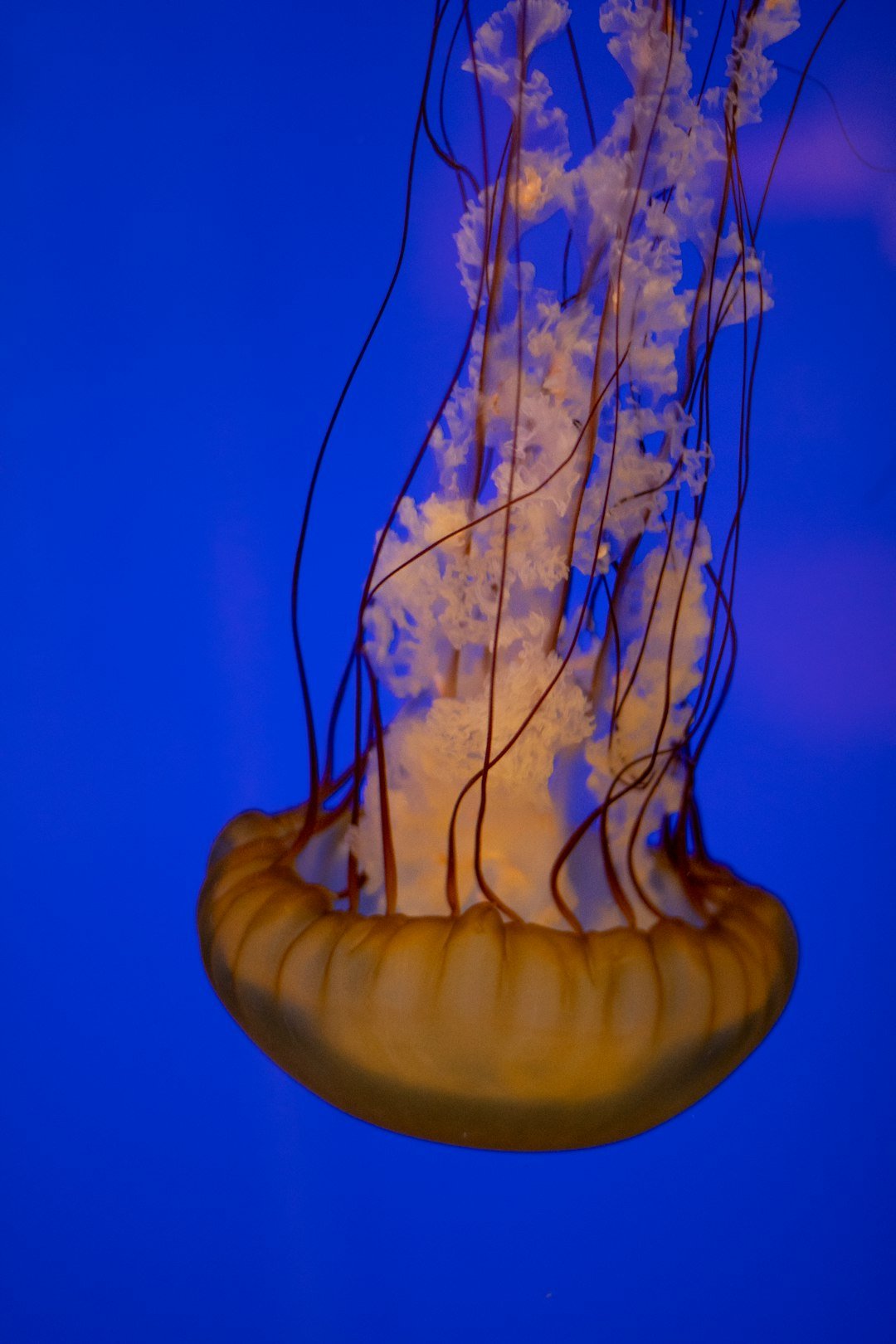
The next breakthroughs will come from pairing biology with computing. Machine-learning models can parse flash patterns the way apps transcribe speech, spotting species signatures in messy footage. Lab-built enzymes may get brighter, cooler, and more stable, improving diagnostic tests that rely on tiny light pulses. Compact sensors could ride on floats and gliders to log nocturnal traffic across whole basins. With better coverage, we’ll finally connect local flashes to global trends.
Challenges remain and they’re not small. Deep deployments strain batteries, and lights that attract images can also change behavior. Warming seas may shift food webs, altering who gains or loses access to the light-making molecules. International rules lag behind technology, especially where mining meets midwater life. The future hinges on careful testing, open data, and respect for the world’s darkest ecosystems.
Conclusion

Start by calling things what they are: bioluminescence when animals make light, fluorescence when they re-emit it. Support institutions that explore the deep with gentle tools and share data openly. Choose seafood from fisheries that monitor midwater bycatch, and nudge local aquariums to explain the science clearly. If you’re near the coast, join night programs that teach responsible viewing without floodlights. Curiosity is welcome; heavy footprints are not.
At home, science outreach matters more than you think. A small donation helps keep low-light cameras running and student projects afloat. Teachers can fold glow biology into lessons on chemistry and climate. Community groups can host talks that connect reefs, canyons, and distant gyres. Little actions, steady and shared, light the path forward.

Suhail Ahmed is a passionate digital professional and nature enthusiast with over 8 years of experience in content strategy, SEO, web development, and digital operations. Alongside his freelance journey, Suhail actively contributes to nature and wildlife platforms like Discover Wildlife, where he channels his curiosity for the planet into engaging, educational storytelling.
With a strong background in managing digital ecosystems — from ecommerce stores and WordPress websites to social media and automation — Suhail merges technical precision with creative insight. His content reflects a rare balance: SEO-friendly yet deeply human, data-informed yet emotionally resonant.
Driven by a love for discovery and storytelling, Suhail believes in using digital platforms to amplify causes that matter — especially those protecting Earth’s biodiversity and inspiring sustainable living. Whether he’s managing online projects or crafting wildlife content, his goal remains the same: to inform, inspire, and leave a positive digital footprint.




